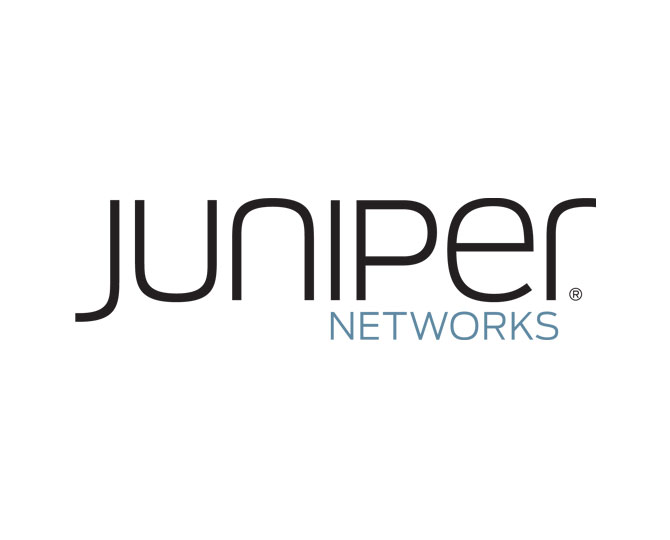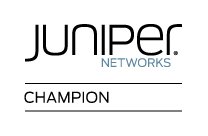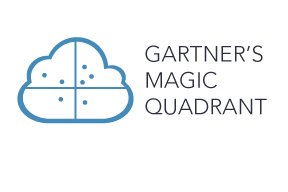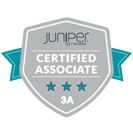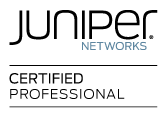Juniper Open Learning: JNCIE-ENT Certification Exam Preparation
Tuesday, June 11, 2019 7:00 AM PST If you are considering taking or actively preparing for the Enterprise Routing and Switching, Expert (JNCIE-ENT) exam (and joining the #JNCIEClub2019), then join us for a free certification prep session. This session will address many of the common questions candidates have prior to taking a JNCIE exam and … Read more
